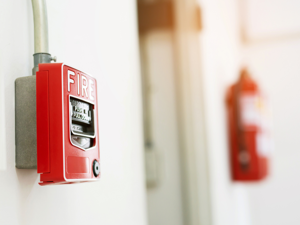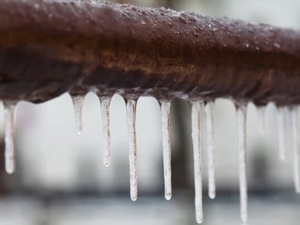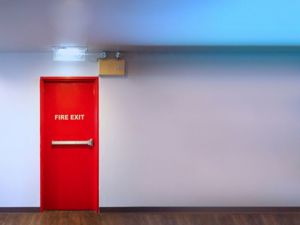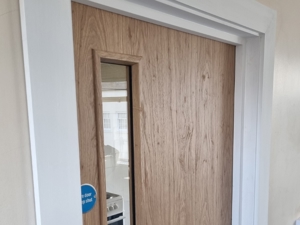Ensuring fire safety in commercial properties is a critical aspect of what we do at Swabs. As a Maintenance & Fire Protection Specialist, our role in creating a secure environment for businesses and occupants cannot be overstated. In this blog post, we'll explore some essential fire safety best practices to contribute to the safety and success of commercial properties.
We begin every project with a thorough risk assessment. Identify potential fire hazards and evaluate the specific needs of the property. Consider the type of business, occupancy load, and layout of the space. This information will lay the foundation for an effective fire protection strategy.
Next, we would design and implement robust fire protection systems tailored to the unique characteristics of each commercial property. This may include fire alarms, sprinkler systems, fire extinguishers, and emergency exits. Regularly inspect and maintain these systems to ensure they remain in optimal condition.
Compliance with local and national building codes and regulations standards is not only a legal requirement but also a fundamental aspect of ensuring the safety of occupants. Regularly update your knowledge base to incorporate the latest industry standards.
Educate property occupants and employees on fire safety protocols. Conduct regular fire drills to familiarise them with evacuation procedures and the location of emergency exits. Well-informed occupants are better equipped to respond efficiently in the event of a fire, minimising potential risks.
Regularly inspect and test fire alarms, sprinkler systems, and fire extinguishers by developing a proactive maintenance schedule for fire protection systems and equipment. Address any issues promptly to prevent system failures during a critical moment.
Certain commercial properties may have high-risk areas, such as kitchens or storage facilities. Tailor your fire protection strategy to address the specific challenges posed by these spaces. Install appropriate suppression systems and train personnel to handle potential fire hazards in these areas.
Establish strong relationships with local fire departments and emergency services. Regularly coordinate with them to ensure seamless communication and cooperation in the event of an emergency. This collaboration enhances the effectiveness of emergency response efforts.
Maintain thorough documentation of all fire safety measures implemented, inspections conducted, and maintenance activities performed. Accurate records not only facilitate compliance but also serve as valuable references for future assessments and improvements.
As a Maintenance & Fire Protection Specialist, our role is pivotal in creating a safe and secure environment for businesses and occupants. By adhering to these fire safety best practices, we contribute to the overall success and sustainability of commercial properties. Prioritising safety not only safeguards lives but also protects investments, fostering a thriving and secure business environment.





